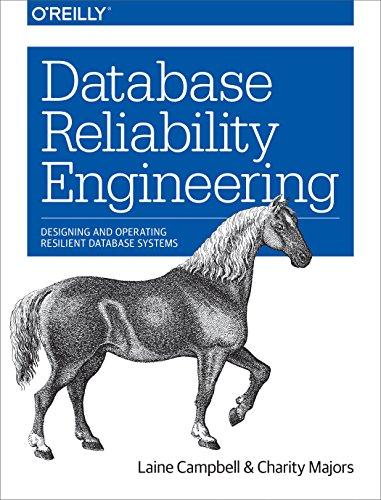Question
Regarding utilizing clinical decision support systems in clinical care settings, a one-dimensional scale of degrees of computerization has been suggested: (1) The computer offers no
Regarding utilizing clinical decision support systems in clinical care settings, a one-dimensional scale of degrees of computerization has been suggested: (1) The computer offers no assistance; humans must do it all. (2) The computer offers a complete set of action alternatives, and (3) narrows the selection down to a few, (4) suggests one, and (5) executes that selection if the human approves, or (6) allows the human a restricted time to veto before automatic execution, or (7) executes automatically, then necessarily informs the human, or (8) informs him or her after execution only if he or she asks, or (9) informs him or her after execution only if it, the computer, decides to. (10) The computer decides everything and acts autonomously, ignoring the human.[1] For the following scenarios, discuss which of the above level can achieve the optimal results when implemented. Consequent actions, in which one action suggests that another is very likely indicated. For example, ordering aminoglycoside levels after ordering aminoglycosides. Ordering a mammogram for a 55-year-old woman The primary care doctor is making initial diagnosis to a patient based on his presenting symptoms [1]. Sheridan TB, Thompson JM. People versus computers in medicine. In Bogner MS (ed). Human Error in Medicine. Hillsdale, NJ: Lawrence Erlbaum Associates, 1994, pp 14159. 2. What are the benefits and challenges of using standards in the design and implementation, and adoption of CDSS?
Step by Step Solution
There are 3 Steps involved in it
Step: 1

Get Instant Access to Expert-Tailored Solutions
See step-by-step solutions with expert insights and AI powered tools for academic success
Step: 2

Step: 3

Ace Your Homework with AI
Get the answers you need in no time with our AI-driven, step-by-step assistance
Get Started


